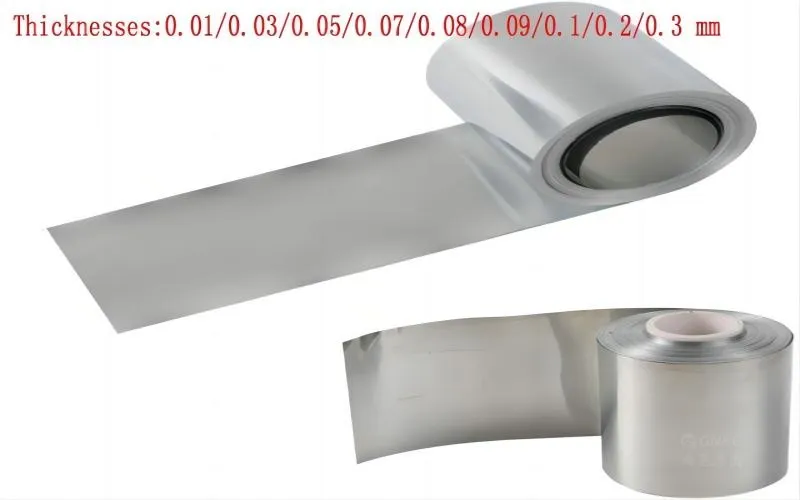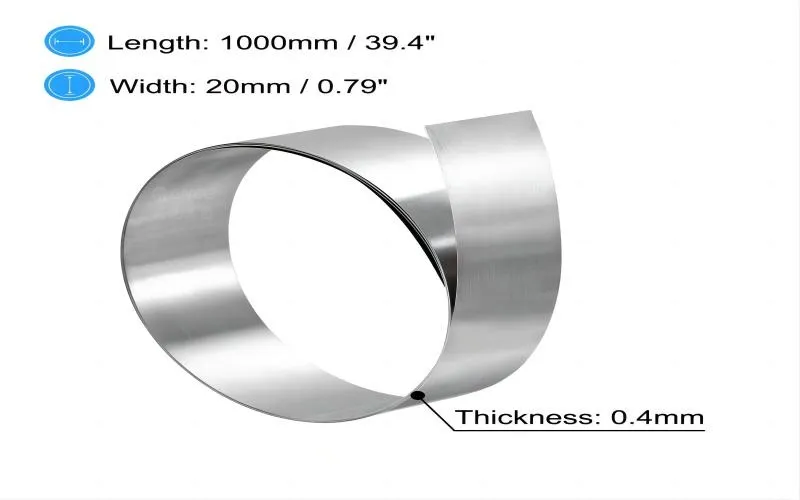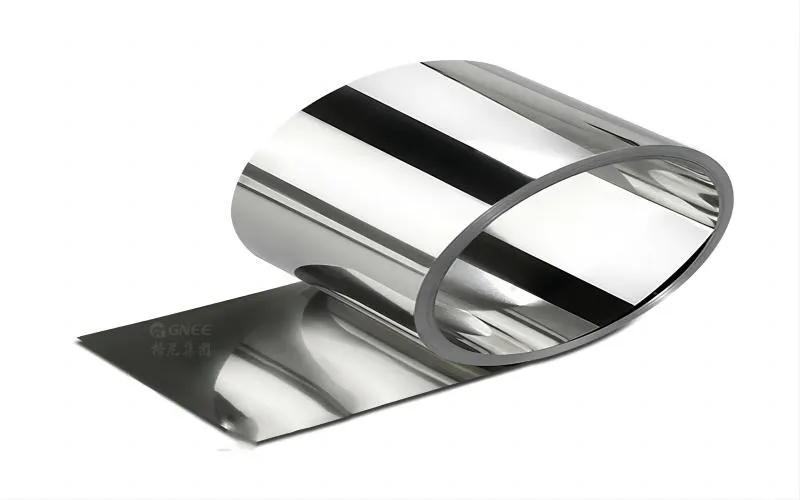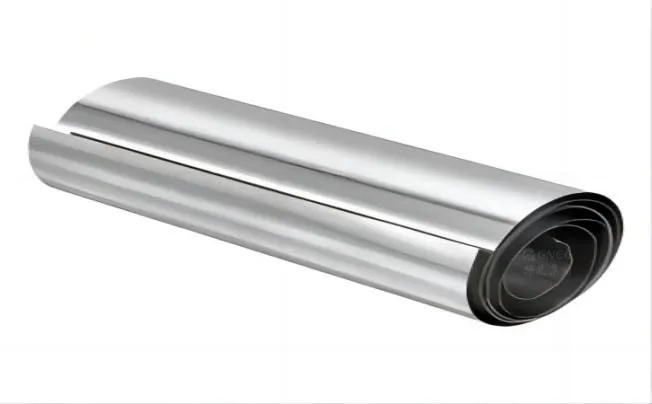Product Specification and Characteristics
Excellent corrosion resistance in the majority of commonly used corrosive media, such as acids, alkalis, salts, and other conditions, can withstand the erosive effects of chlorides, sulfuric acid, nitric acid, and other potent acids and alkalis.
Good processability: It is simple to shape and may be produced using cold rolling, hot rolling, deep punching, cutting, etc. to satisfy a variety of customer demands.
Decoration: Because of its smooth and lovely surface, it can be used to create furniture and decorative plates.
304 stainless steel foil is austenitic stainless steel, which is not easily magnetized and has a low magnetic permeability. It is also simple to clean.
It has a particular level of strength and hardness, which can satisfy the demands of some structures and parts.
| Item | 304 Stainless Steel Foil |
| Thickness | 0.02mm~0.5mm |
| Width | 100mm~1500mm |
| Length | 1000mm~6000mm |
The common executive standards are:
| GB/T 3280-2015 | Stainless steel cold-rolled sheet and strip |
| ASTM A240/A240M-20 | Standard specification for stainless steel sheet, plate, and strip |
| JIS G 4305 | Standard specification for cold-rolled stainless steel sheet, plate, and strip |
| EN 10088-2 | Technical delivery conditions for cold-rolled materials |
What is the difference between 304 and 316?
Chemical composition: 316 and 304 both include molybdenum.
Corrosion resistance: 304 is less corrosion-resistant than 316 because steel contains less nickel.
Performance: The inclusion of molybdenum has improved 316’s resistance to heat and corrosion.
Application range: 316 is commonly used in the food, medical, watch, and other industries, while 304 is frequently employed in the manufacture of pots and pans.
Price: 316 costs more than 304 since steel is food grade and has better corrosion resistance.

What is 304 stainless steel foil used for?
Because of its resistance to corrosion and mechanical qualities, 304 stainless steel foil has emerged as a perfect material for producing exhaust pipes, braking systems, interior panels, and other parts for automobiles.
Architectural engineering has good aesthetics, can be used to decorate buildings with ceilings, walls, doors, and windows, as well as meet some of the strictest standards for weather protection and corrosion resistance.
Chemical equipment: Reactors, distillation towers, storage tanks, etc. are only a few examples of equipment that makes use of this outstanding corrosion resistance.
Catering industry: It is widely used to make cookware, dinnerware, and food processing equipment due to its cleanliness, corrosion resistance, and ease of washing.
Medical devices and equipment: 304 stainless steel foil can be used in the production of surgical instruments, medical needles, and other medical equipment and devices. A consistent and safe allergic reaction is difficult to induce in humans.
Electronic equipment can be used to produce electronic parts such as capacitors, PCB circuit boards, electronic cabinets, and more because it has good anti-corrosion and electromagnetic shielding capabilities.
Food processing: It is frequently used to make food processing equipment, food storage tanks, fermentation tanks, and other items that can guarantee the hygiene and safety of food.

Advantages and Disadvantages of 304 Stainless Steel
Advantages:
Strong corrosion resistance: 304 stainless steel includes 18% chromium and 8% nickel, which gives it very good corrosion resistance. It can withstand most chemical corrosives and is not easily corroded, making it ideal for use in a variety of appliances and equipment that are resistant to corrosion. However, corrosion resistance is inadequate when compared to 316 stainless steel.
Good processing capabilities: It can be easily processed, molded, and welded, and it can be utilized to create a variety of product shapes thanks to its good plasticity and processability.
Good strength and wear resistance: 304 stainless steel is appropriate for creating high-strength parts and mechanical equipment because of its high strength and wear resistance.
Disadvantages:
Its comparatively fragile surface is easily scratched and abraded, necessitating care in usage and maintenance.
Because of its poor high-temperature resistance, 304 stainless steel is only appropriate for use in low- and normal-temperature environments.

Product Market Competition and Demand
Asia, Europe, and North America are the main markets, and there is fierce competition in these regions. Large steel and stainless steel processing companies with significant market share can be found in Asia. The competitive advantages of these businesses are founded on their technical prowess, production volume, quality assurance, and supply capability. While this is going on, there are numerous small and medium-sized enterprises competing for customers by promoting certain items and offering tailored services.
Market Demand: The 304 stainless steel foil market is in fairly high demand, with applications in a variety of mechanical, electronic, medical, food processing, and other fields. Particularly in the food, drug, and electrical industries, good quality is highly desired. Second, as demand for a high-quality way of life and décor increases, so does the demand for architectural ornamentation. On the other hand, new technologies and applications are opening up new demand prospects for the stainless steel foil market. For instance, the need for thin, corrosion-resistant stainless steel foils has increased as the use of electric vehicles grows in popularity. The market potential for the renewable energy sector is also increased by its expansion.
Last but not least, as the global economy and technology develop, so do the demands placed on stainless steel foils, including those for high purity, high strength, high corrosion resistance, and so forth. To improve product performance and save production costs, manufacturers have been compelled to tighten quality control and use technological innovations in the manufacturing process.


